 |
 |
 |
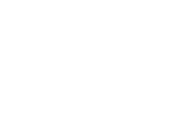
|
Angelina Pavlova
Oxymorona – 2003
H – 42cm
Kiln cast, optical glass, cut and polished
|
|
 |
BULGARIAN GLASS
– TRADITION AND MODERNITY
In Bulgaria our traditions in ceramics date back to Antiquity. There are exceptional patterns of plastic culture of gold and silver since Thracian time, forms that appeal to and develop our contemporary plastic art.
Our glass production in Bulgaria does not have the traditions of our ceramics; it started at the end of the 19th century and was again revived strongly in the 1930s.
After the Liberation of Bulgaria from the Ottoman domination in 1878, the trend towards European values is also a shift of intensified European interest in investing in Bulgaria. In 1891, not far away from Varna, the first glass factory was opened. The glass plant BELFA, a Belgian factory in Sliven, was a Belgian investment at the beginning of the 1930ies. It was developed as the most powerful complex of glass plants in Bulgaria during the 70ies and the 80ies, similar to Crystalex in Nový Bor, Czech Republic.
|

|
Posted 29 December 2013
|
Share this:
|
|
|
|
|
|
|
|

|

|

|
With the abolition of property status in 1944 the private buyers that were by nature true users and connoisseurs of art were eliminated. Applied arts were thus compelled to another kind of consumption, the public one. A wave of revived interest towards the traditional folk art affected the interpretation of forms, moreover a great emphasis was put on our ceramics.
The exquisiteness of glass objects and forms as well as of glass panes was regarded as a manifestation of West and Catholic influence, therefore alien to the national tradition.
At the very end of the 50ies the trend was reversed from the idiosyncrasy of what is Bulgarian and national towards what is the universal and European. The beginning of the 60ies was marked by the revival of the interest towards plastic forms, by the genre variety of utensils and the wealth of materials and techniques. Unlike the process that was going on in Europe at that time, in Bulgaria glass as material for creation was forgotten.
Unfortunately, the situation makes us at the moment return to the very beginning.
The big glass plants have been turned into private enterprises or have been closed in slow agony since 1989 when the process of transformation from State ownership toward private enterprises started… The production of household glass appliances that were blown out manually was almost completely closed down, what put an end to the manual production, too. The old factories went under automation. Today they produce packing glassware. New plants for flat glass were opened. Small sheds and single productions have survived but working without their own characteristic design.
In fact, after the political changes, when guided by a desire to replace and to make better the system of administration of the production starting by a change of its property, the glass production has lost what existed as an organization and human experience in the previous years. Now the privatization at any cost and the total destruction of hand-made production are recognized as a fault.
|
|
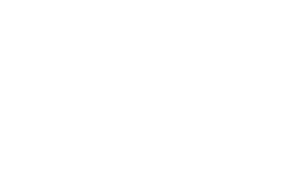
Angelina Pavlova
The Sky is the Limit – 2008
H - 40cm
Kiln cast, polished glass
|
|
|
|
|

|

|

|
The loftiness and short-sighted-ness of planned economy before 1989 broke years’ old good practice of implementing design projects by small workshops attached to the plants. Even before 1989 they were closed as unnecessary and unprofitable. Despite being owned by the State, these experimental centres were a precondition for ‘different’ designs, unique forms, short series preceding the major production. They generated the movement outside workshop, but essentially they were strongly centralized in their further selection to implement the prototype into practice. In this way, everything was marked by the restrictions of the time, the design especially.
Despite the unenviable situation of glass production and the lack of realisation in practice, there has not been a reduction of enthusiasm of the small group of Bulgarian artists who, despite hardships, work and search out their artistic challenges in glass. To a large degree, we in Bulgaria look at glass from a perspective rooted in Czech traditions that is due to, influenced by and developed thanks to Professor Stanislav Libenský. Over a period of 25 years, he taught 11 Bulgarian artists at the School of Applied Arts in Prague. We are very indebted to him for his work.
In the 1970s, the growing need for specialists, technologists and artists gave impetus for Bulgarian students to be sent for education and training to the workshops of the Burg Giebichenstein Hochschule für Kunst und Design Halle, the Akademia Sztuk Pieknych we Wroclawiu (Academy of Fine Arts in Wroclaw, Poland) and the Magyar Képzomuvészeti Egyetem (University of Fine Arts Budapest in Hungary).
After 1989 the link with the secondary education was also broken down. The Professional school of ceramics and glass that was one of the oldest professional schools in Bulgaria dating back to 1881 was closed down as other similar schools in the country were.
In Bulgaria almost everything connected with the glass industry is imported, only the initial raw material is Bulgarian.
There is more that limits us than simply materials. Maybe that is a reason to not elaborate on the aesthetic viewpoint of glass as a limitless artistic material and to make an effort to endorse it even more not only before the public, but also before our colleagues, showing that glass is not limited to a purely utilitarian or decorative purpose.
The development of Bulgarian glass is due, in large part, to the desire to craft in a material that, with its clean aesthetic, engenders the feeling of being elite, of charm – difficultly accessible until the changes to democracy, it forms a feature distinguishing from the former and demarcates time.
Glass as art in Bulgaria is set to develop in the country’s aesthetic outlook, one whose modernity has been cultivated, along with all the “washing away” of the years of socialism, only as of relatively recently, and is still trained in and influenced by academia. That is why, though it is developing extremely quickly, it still has a distinct appearance and cannot be called a secondary art. This is due largely to our high culture of plastic arts, to the artistic temperament that has been part of us since our forefathers walked the Earth and to our sunny climate. To some degree, we like decorativeness and hedonism. The Bulgarian wants the pleasant; when he looks, he is moved by a high degree of beauty.
|
|
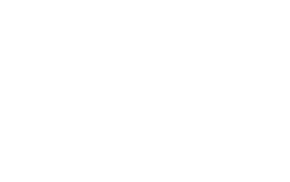
Ekaterina Getsova
Symphony in Blue – Metro in Nagoya, Japan – 1989
H- 240cm, L – 600cm
Sandblasting, colored panel
|
|
|
|
|

|

|

|

Lachezar (Lucho) Dochev
Reflections of The Past: Remains of Human History – a group of 4 sculptures, 65/84/17cm, kiln cast and kiln sand cast glass. 2004
Photo: Lachezar Dochev
|
|
There exists an idealistic presentation of art, as a moral and aesthetic corrective: that a man of art with his morality and taste opposes the environment and, thus, tries to makes sense of it, to not become a part of it.
It is a curious paradox, but it is as if, namely, freedom and democracy repressed this pulsation from being released and stating its truth: the desire to hide from the visible, fierce and intimidating reality.
Unfortunately, it is clear that a man of art pressed by the everyday life becomes part of mass culture. Instead of political censoring, economic has appeared. Economic censoring is crueller and more crushing for people of art. This has led to a stagnation of traditional forms, which is why experimenters, alternative figures who spoke against established structures, against the method of work, against identical things and against a single, defined way of thinking took a conventional stance.
For us, alternative art was also connected with the fight, with the change, with a new type of behaviour... By understanding the place of your mission – to re-uncover and to re-make, to create your own world.
In this sense, glass as an art form is an ideal medium through which you can distinguish yourself, create and, at the same time, be unique, yet identifiable.
Thus, from the scarcity of production and in the search for personal decisions, Bulgaria’s Studio Glass Movement was born. It is still fragile and has not yet proven itself. But because of this, every individual manifestation is strong and memorable.
We work for the public recognition of glass art under unimaginable conditions before and after the transition to democracy in Bulgaria. Of course, only effort, hard work, resisting against difficulties as well as strong will for work can be creative.
Only the stretched string of the artist can give birth to art.
Like a weed in a field can turn out to be a healing herb.
|
|
|
|
|
|
|
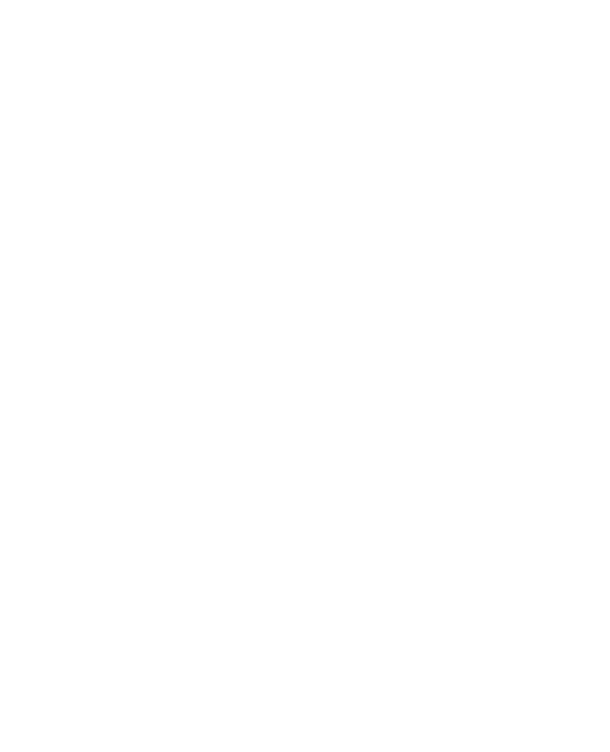
Ekaterina Getsova
: Head- 2004
H – 38/16/17
Blowing glass, painted
|
|
|
|
|

|

|

|
We work in full artistic freedom, depending only on our individual skills, and this is why, with every one of us searching for his or her own path in glass art, new decisions and practices are born. They might not be recognised as a contribution to the development of glass as art, but, in any case, they are original and carry at their basis good aesthetic taste. Maybe also because the richness of the growing means in art is unlimited and only through a high artistic culture could we ever search for and express ourselves.
In 1973 and 1974, or two years running, Ekaterina Getsova and Stoyan Gaidov have been awarded the first prizes for design in Valencia.
In 1987 Ekaterina Getsova has created her pane glass mosaics for the underground in Nagoya.
In 2002 the first gallery for glass art in Bulgaria “Arosita” was founded.
Our art is read in the context of a common quest for art in Bulgaria. That is why our artistic manifestations, too, find support in different artistic spheres.
It seems to me that this approach in the searching out of glass as a stand-alone art, and also as a part of the entire process of the fine arts, has created the foundations for the development of glass art in Bulgaria.
|
|
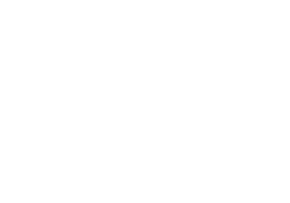
Lachezar (Lucho) Dochev
In The Hall of The Mountain King” (after E. Grieg) - a group of 2 sculptures, 36/53/13cm, sand cast glass – author’s technique. 2005
Photo: Lachezar Dochev
|
|
|
|
|

|

|

|
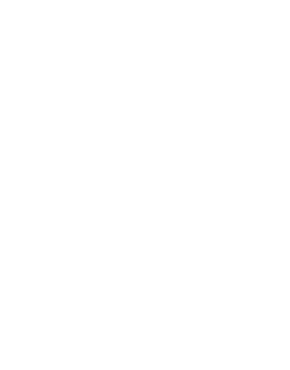
Angelina Pavlova
Black Head + White Head – 2005
H- 65cm
Kiln cast, cut and polished glass
|
|
The lack of technological discipline has ceased to be a limit, instead turning into a “benefit” of development, because art has desired the material.
The endless flow of the arts is the form in which contemporary glass art can develop. Not only as concerns its technical development (read, the form). In the searching for and finding universal common expressions in which glass art can be fairly presented, and not limited, confined by its material substance. To be more of a search for the message, for glass to become a means, and not a technologically determined material.
In fact, this is like what glass master Finn Lynggaard said at the opening of the symposium in Frauenau in 2006 – for more soul in glass, for more art.
Maybe in this hides the spirit of the future of glass. From Le Corbusier’s realised dreams of glass houses, to the imposing, glass-human fountains of Jaume Plensa at the Millennium Park in Chicago, to Olafur Eliasson’s reflexions of fantasy. No limits whatsoever in size, from the message to the end goal. These are achievements in the art, but did not some of them take specialised courses in fusing?
In Professor Libenský’s atelier, we sketched human figures and strove to attain cleanliness in the drawing; he taught us to search for the essence outside the visible form. We treated the human figure like a cathedral, perfection in form and proportion. That shaped my outlook, how a work of art turns into design – in creating the “immutable” form – a glass Galatea.
That achieved, that produced, becomes rather a symbol in space and only then can it generate the creative track of re-creation.
My points of inspiration do not come from glass. Glass in itself is only a means of giving life to my ideas, because I know it well and have been taught to think in glass. What moves me is not so much mastering the material, as the possibility through transparency and reflections to depict the search for the direct message. Then, it does not matter what the material is and what per cent glass makes up in the final product.
For art in the 20th century, it was specifically in the form that the key to art was found.
Now, what is more important is the eye-blink; form is movement and movement is in form. The transformations, the metaphors are only one side; the material is the other.
In Bulgaria we have a great desire to try to advance the art of glass without preconceived ideas and with imagination – that glass may become a source of new sensations for fictions and allusions.
Angelina Pavlova, a Glass Artist from Bulgaria. She is, trained 1988/90 at the ACADEMY OF FINE ARTS – Wroclaw, Poland Specialty: Glass, Magister of Arts, 1985/87 UMPRUM Academy of Applied Arts in Prague, Specializing in glass art under Prof. Libenský and 1984/85 ACADEMY OF FINE ARTS - Sofia, Bulgaria, Specialty: Silicate forms, was Head Designer at Quarz Sliven 2000/02, she has shown her art at many national and international exhibitions.
www.angelinaglassart.eu
|
|
|
|
|
|
|
|
|
|


